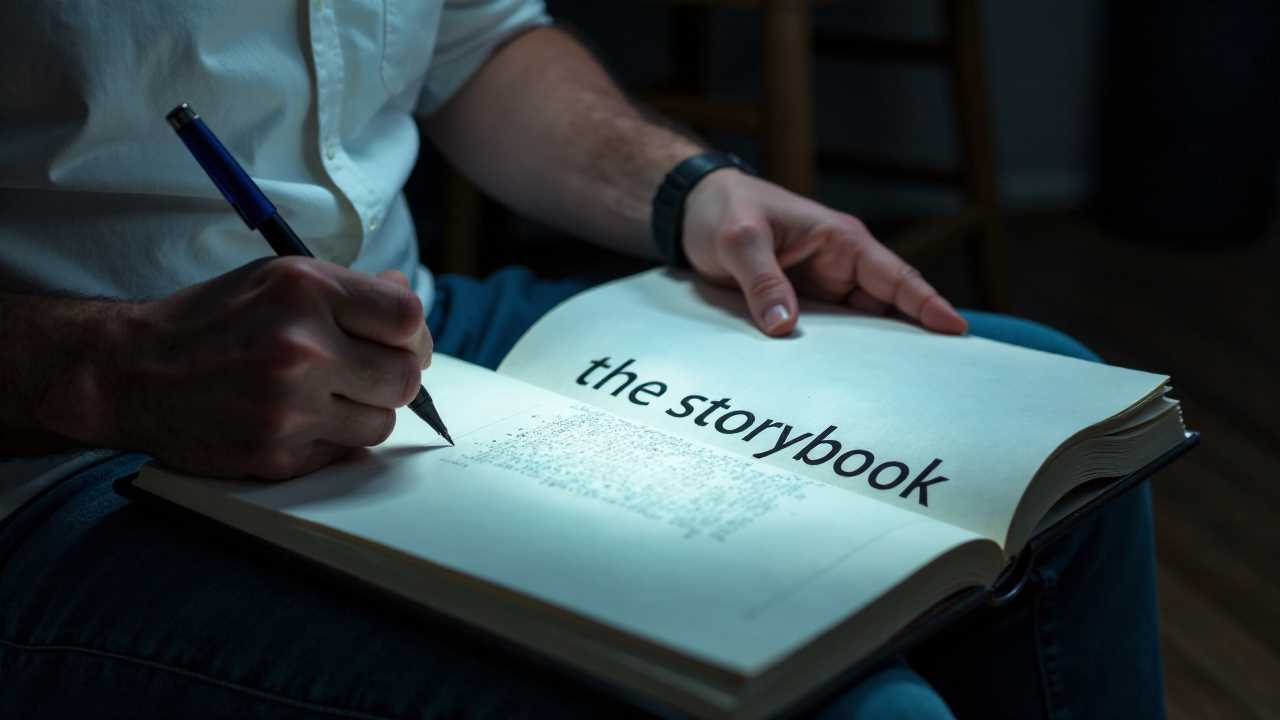
The Power of Personal Storytelling
Personal storytelling serves as a powerful tool for reflection, creativity, and authenticity. By sharing our experiences, we not only connect with others but also gain deeper insights into our own lives. This practice encourages us to articulate our thoughts and feelings, fostering a sense of mindfulness. Engaging in personal storytelling can transform mundane moments into meaningful narratives, allowing us to express our true selves.
Why Reflection Matters in Personal Storytelling
Reflection is a cornerstone of personal storytelling. It invites us to look back on our experiences and extract lessons that can guide our future actions. By taking the time to reflect on significant moments, we cultivate a deeper understanding of ourselves. This process not only enhances our storytelling but also enriches our lives. When we engage in reflection, we become more aware of our emotions, motivations, and the stories we want to tell.
Mindful Prompts to Spark Creativity
To harness the power of personal storytelling, we can utilize mindful prompts that stimulate our creativity. These prompts serve as catalysts for thought, helping us to articulate our experiences in new and engaging ways. Here are some effective prompts to get you started:
1. Describe a pivotal moment in your life: Reflect on an event that changed your perspective or altered your path. What emotions did you experience? How did this moment shape who you are today?
2. Write about a challenge you faced: Consider a difficult situation that tested your resilience. What did you learn from overcoming this obstacle? How did it contribute to your personal growth?
3. Share a memory that brings you joy: Think of a time that filled you with happiness. What made this moment special? How can you convey that joy through your storytelling?
4. Explore a lesson learned from failure: Reflect on a time when things didn’t go as planned. What insights did you gain from this experience? How can you use this lesson in your future endeavors?
5. Imagine your future self: Write a letter to yourself five years from now. What advice would you give? What achievements do you hope to celebrate?
These prompts not only encourage expression but also allow for deeper exploration of your thoughts and feelings. By engaging with these prompts regularly, you can develop a rich tapestry of narratives that reflect your journey.
Authenticity in Storytelling
Authenticity is vital in personal storytelling. When we share our true selves, we create connections that resonate with others. Authentic stories often evoke empathy and understanding, allowing readers to relate to our experiences. To cultivate authenticity in your storytelling, consider the following strategies:
- Be Honest: Share your thoughts and feelings candidly. Authenticity shines through when we are truthful about our experiences, even the challenging ones.
- Use Your Voice: Write in a style that feels natural to you. Whether it’s conversational or poetic, your unique voice adds depth to your story.
- Embrace Vulnerability: Don’t shy away from sharing your struggles. Vulnerability fosters connection and can inspire others to share their own stories.
- Stay Present: Practice mindfulness while writing. Focus on the emotions and sensations you experience as you recount your stories. This presence enhances your narrative’s authenticity.
The Role of Mindfulness in Storytelling
Mindfulness enhances our storytelling by grounding us in the present moment. When we approach our writing with mindfulness, we become more attuned to our thoughts and feelings, allowing for richer narratives. Here are a few mindfulness techniques to incorporate into your storytelling practice:
- Meditation: Spend a few minutes in meditation before writing. This practice clears your mind and helps you focus on the task at hand.
- Breath Awareness: Take a moment to connect with your breath. Notice how it feels as you inhale and exhale. This awareness can help calm your mind and facilitate creativity.
- Sensory Engagement: As you write, pay attention to your surroundings. What do you see, hear, or smell? Engaging your senses can enrich your storytelling and make your experiences more vivid.
Creating a Personal Storytelling Routine
Establishing a routine can significantly enhance your personal storytelling practice. Consistency fosters creativity and reflection, allowing you to develop a deeper connection with your narratives. Here are some tips for creating an effective routine:
- Set Aside Time: Designate a specific time each day or week for storytelling. This commitment helps you prioritize your writing and fosters a habit.
- Choose a Comfortable Space: Find a quiet, comfortable place where you can write without distractions. This environment encourages focus and creativity.
- Experiment with Different Formats: Whether it’s journaling, blogging, or writing letters, try various formats to discover what resonates with you. Each format offers unique opportunities for expression.
- Join a Community: Engage with others who share your passion for storytelling. Joining a writing group or participating in workshops can provide valuable feedback and inspiration.
The Journey of Personal Storytelling
Personal storytelling is a profound journey of reflection, creativity, and expression. By embracing authenticity and practicing mindfulness, we can craft narratives that resonate deeply with ourselves and others. Through mindful prompts and a dedicated routine, we can unlock the transformative power of our stories. As we share our experiences, we not only enrich our own lives but also inspire those around us to embark on their storytelling journeys.
 Writing TipsCreative WritingJournalingSketching TechniquesBuying GuidesPrivacy PolicyTerms And Conditions
Writing TipsCreative WritingJournalingSketching TechniquesBuying GuidesPrivacy PolicyTerms And Conditions
